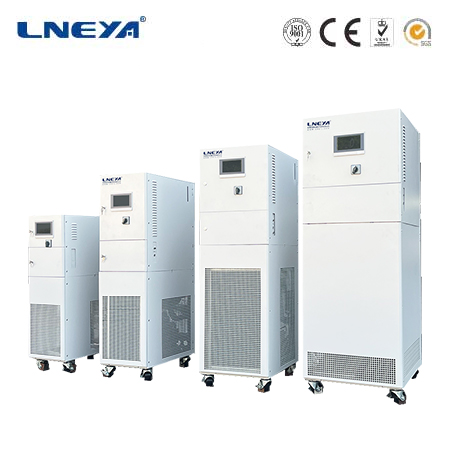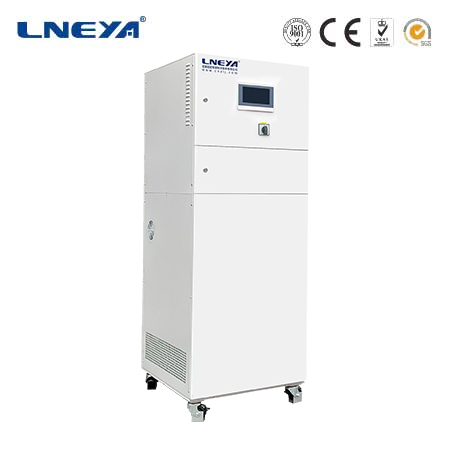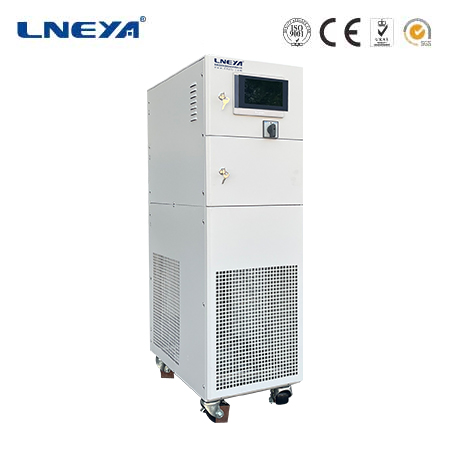heat reclaim chiller
Introduction to Heat Reclaim Chillers
Heat reclaim chillers represent a significant advancement in HVAC technology, offering a dual solution for heating and cooling needs in commercial buildings. These systems not only provide chilled water for cooling but also capture the heat that would otherwise be wasted during the chiller’s operation. This captured heat can be used for space heating, service water heating, and other process heat applications, leading to significant energy savings and reduced environmental impact.

Fundamentals of Heat Reclaim Chillers
The operation of a heat reclaim chiller is based on the principles of the refrigeration cycle, with an additional mechanism to harness the heat generated in the condenser. During the cooling operation, the chiller produces chilled water while dissipating heat through the condenser. In heat recovery mode, this heat is captured and used to produce hot water. The efficiency of the heat reclaim process is influenced by the temperature difference between the chilled water leaving the evaporator and the hot water leaving the condenser, known as the “lift.”
Efficiency and Energy Savings
Heat reclaim chillers can achieve high coefficients of performance (COPs) exceeding 5.0, which is significantly higher than traditional boilers with COPs less than 1.0. This means that for every unit of energy consumed, heat reclaim chillers can produce more than five units of heating energy. The energy savings potential is substantial, as highlighted by Carrier’s analysis, which suggests that a 100-ton heat reclaim chiller can provide 1.7 million BTUs/hr of heat, potentially reducing natural gas costs for heating by over $75,000 per year.

Applications of Heat Reclaim Chillers
These chillers are suitable for a wide range of applications where both cooling and heating demands exist. They are particularly beneficial in climates with simultaneous heating and cooling loads or where there is a need for preheating of domestic water. Heat reclaim chillers can also be integrated into district heating systems, providing a sustainable source of heat for multiple buildings.
Design Considerations
Designing a heat reclaim system requires a thorough understanding of the building’s thermal dynamics and heating load requirements. It is essential to size the heat reclaim chiller correctly to match the heating demand and to ensure that the system operates efficiently. Over-sizing can lead to short-cycling and poor temperature control. Additionally, the system should be designed to minimize the lift, thereby maximizing the chiller’s efficiency.

Integration with Building Systems
Integrating heat reclaim chillers into existing or new building systems involves careful planning and coordination. The chiller should be piped to load it before loading other cooling-only chillers to maximize the heat recovery. This side-stream arrangement minimizes the lift on the heat reclaim chiller and allows it to be fully loaded when the cooling-only chillers are not.
Conclusion
Heat reclaim chillers offer a powerful and efficient solution for capturing waste heat and repurposing it for heating needs. Their high COPs and potential for energy savings make them an attractive option for reducing energy consumption in commercial buildings. With careful design and integration, these systems can contribute significantly to a building’s energy efficiency and sustainability goals.
Related recommendations
How does the evaporator chiller reduce vibration and noise?
1053How does the evaporator chiller reduce vibration and noise? Evaporator cooler is a device used to cool air or liquid, which can dissipate heat through evaporation. When using evaporator...
View detailsHow to deal with the installation of water pumps in air cooled water chillers that do not produce water?
1223How to deal with the installation of water pumps in air cooled water chillers that do not produce water? To address the issue of the water pump in the air-cooled chiller being unable to...
View detailsWhat should I do if there is a water flow problem with a 50 ton chiller?
1044What should I do if there is a water flow problem with a 50 ton chiller? The first question: What should I do if there is a water flow malfunction in a 50 ton chiller? 1. First, ...
View details200 ton air cooled chiller
323200-Ton Air Cooled Chiller A 200-ton air cooled chiller is a significant piece of cooling equipment with a wide range of applications and unique characteristics. Working PrincipleIn an a...
View details
 LNEYA Thermal Test Chillers
LNEYA Thermal Test Chillers






HelloPlease log in